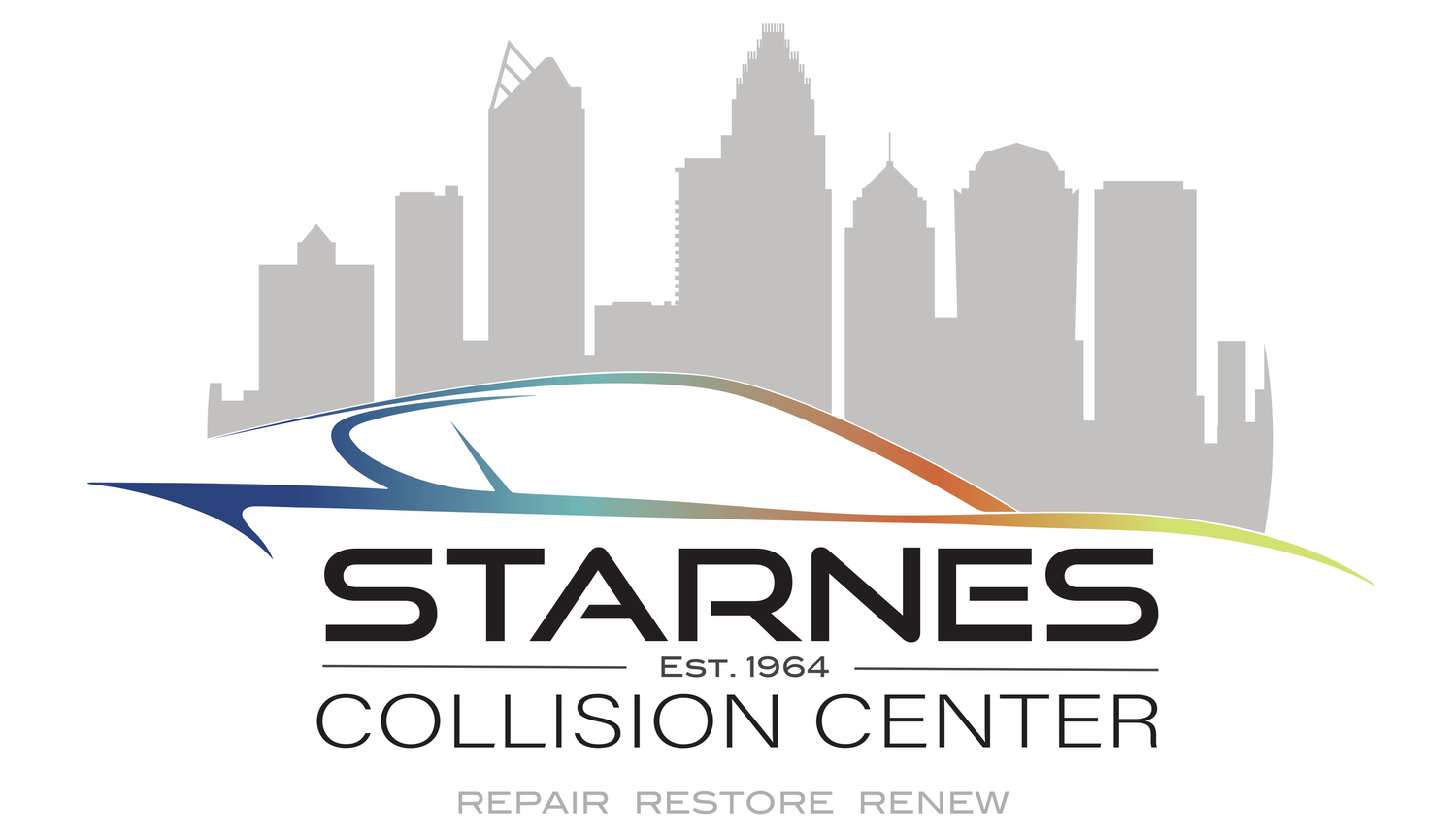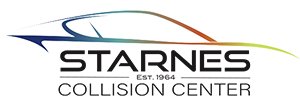Will My Insurance Cover Collision Repair Costs?
Introduction:
Car accidents are stressful enough without the added worry of how much repairs will cost and whether your insurance will cover them. Understanding your insurance policy—and what it covers—is essential when navigating the aftermath of a collision.
This blog post will help clarify how collision repair coverage works, the factors that determine coverage, and what steps you need to take to ensure a smooth claims process.
Step 1: Understand Your Insurance Policy
Collision Coverage: This type of insurance specifically covers repair costs resulting from a collision with another vehicle or object, regardless of fault. It’s typically optional unless required by a lender for a financed vehicle.
Comprehensive Coverage: While not specifically for collisions, this covers non-collision-related damage (e.g., theft, vandalism, or weather damage) and may come into play if additional damage occurs.
Liability Insurance: This coverage pays for damage you cause to other people’s vehicles or property but does not cover repairs to your own vehicle.
Uninsured/Underinsured Motorist Coverage: If the other driver is at fault and lacks sufficient insurance, this coverage may help with your repair costs.
Step 2: Assess Fault and Coverage
Who was at fault in the accident can significantly impact how repair costs are covered.
At-Fault Accidents: If you caused the accident, your collision coverage (if you have it) will likely cover the repairs after you pay your deductible.
Not-At-Fault Accidents: If the other driver is at fault, their liability insurance should cover your repair costs. However, this process may take longer, and you may need to work with your insurer in the meantime.
No-Fault States: In no-fault states, your own insurance typically covers repair costs regardless of fault. However, there may be limitations depending on your policy.
Step 3: Calculate Your Deductible
Your deductible is the amount you’re responsible for paying out-of-pocket before your insurance covers the rest. Here’s what you need to know:
Typical Deductibles: Common deductibles range from $250 to $1,000, though they vary by policy.
Higher Deductibles: These generally result in lower monthly premiums but mean more out-of-pocket costs after an accident.
Lower Deductibles: These offer greater financial protection after an accident but come with higher monthly premiums.
Step 4: Steps to File a Claim
Filing an insurance claim after an accident can feel overwhelming, but breaking it down into manageable steps makes the process easier.
Contact Your Insurance Company: Notify your insurer as soon as possible after the accident.
Provide Documentation: Share photos of the damage, the police report (if available), and details of the accident.
Get a Repair Estimate: Many insurance companies require an estimate from a repair shop, and some may recommend preferred shops.
Work with an Adjuster: An insurance adjuster will assess the damage and determine the payout amount.
Understand Payout Limits: Be aware of your policy’s coverage limits and whether the repairs will exceed them.
Step 5: What If Repairs Exceed Your Policy’s Payout?
Sometimes, repair costs may exceed what your insurance is willing to pay. Here’s what you can do:
Negotiate with the Shop: Work with your repair shop to prioritize essential repairs or explore less expensive options.
Pay Out of Pocket: If necessary, you may need to cover the remaining costs yourself.
Gap Coverage: If your vehicle is totaled and you owe more on your car loan than the car’s current value, gap insurance can help cover the difference.
Step 6: Common Scenarios and Questions
Here are some common scenarios that can affect whether your insurance will cover collision repair:
Hit-and-Run Accidents: If you have collision coverage or uninsured motorist coverage, it may help cover repairs after a hit-and-run.
Accidents Involving Uninsured Drivers: Uninsured motorist coverage will typically cover repairs if the at-fault driver has no insurance.
What Happens if I Don’t Have Collision Coverage? Without collision coverage, you’ll need to pay for repairs out of pocket unless the other driver’s insurance is responsible.
Is Collision Coverage Worth It for Older Cars? Consider the value of your car versus the cost of coverage. If repairs would exceed the car’s value, it might not be worth carrying collision coverage.
Step 7: Choose the Right Repair Shop
Once your insurance approves the claim, your insurance may push you towards a certain shop. It’s important to know that you are free to choose a repair shop, however selecting a trustworthy repair shop is critical.
Preferred Shops: Many insurers have a list of preferred shops, but you’re not required to use them.
Certified Technicians: Look for shops with certifications like I-CAR or ASE to ensure high-quality repairs.
Ask About Warranties: Choose a shop that offers warranties on their work to give you added peace of mind.
Conclusion:
At STARNES COLLISION CENTER, we’re here to make the repair process as seamless as possible. Our experienced team works with all major insurance companies to ensure your vehicle is repaired quickly and professionally.
Contact us today to schedule an estimate!



